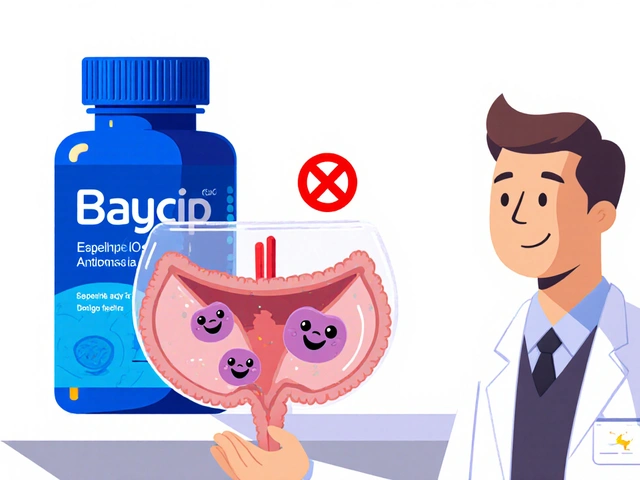Vitamin A – What It Does and Why You Should Care
Vitamin A is a fat‑soluble vitamin that plays a key role in vision, immune function, and skin health. If you’re looking to boost eye health, fight infections, or keep your skin smooth, vitamin A should be on your radar.
Why Vitamin A Matters
When you eat vitamin A, your body turns it into two important forms: retinol (the active form) and beta‑carotene (a plant version that the body can convert). Retinol helps the retina detect light, so low levels can cause night‑time vision problems. It also supports the lining of your lungs and gut, which act as barriers against germs. For skin, vitamin A promotes healthy cell turnover, which can reduce acne and keep wrinkles at bay.
Deficiency isn’t just about blurry vision. In severe cases, it can lead to dry eyes, a higher risk of infections, and slower wound healing. Children who lack enough vitamin A are more likely to get severe respiratory infections. On the flip side, getting too much retinol from supplements can cause toxicity, so balance is key.
Top Food Sources & Supplement Tips
Getting vitamin A from food is the safest way to meet your needs. Animal foods contain pre‑formed retinol, while colorful fruits and veggies provide beta‑carotene. Here’s a quick list:
- Sweet potatoes – a single medium tuber covers more than 200% of the daily value.
- Carrots – raw or cooked, they’re a beta‑carotene powerhouse.
- Spinach and kale – leafy greens deliver both vitamin A and other antioxidants.
- Egg yolks – a modest source that’s easy to add to breakfast.
- Fortified milk – many brands boost their calcium with vitamin A.
If you’re vegetarian or vegan, focus on beta‑carotene sources and consider a multivitamin that lists “vitamin A (as beta‑carotene)” to avoid excess retinol.
How much should you take? The Recommended Dietary Allowance (RDA) for adults is about 900 µg RAE (retinol activity equivalents) for men and 700 µg RAE for women. One tablespoon of cod liver oil or a large sweet potato can hit that mark. When using supplements, follow the label and never exceed 3,000 µg RAE per day unless a doctor advises otherwise.
Signs you might need more vitamin A include frequent infections, dry skin, or difficulty seeing in low light. If you notice these symptoms, check your diet first before reaching for pills.
Remember, vitamin A works best when you eat it with a bit of fat – think a drizzle of olive oil on your carrots or a handful of nuts with your leafy salad. Fat helps your body absorb the vitamin more efficiently.
To sum up, vitamin A is essential for vision, immunity, and skin. Eat a mix of animal foods or colorful vegetables, watch your supplement dosage, and you’ll keep your eyes sharp and your body protected.
What Is Ophthacare? Complete Guide to This Eye‑Health Supplement
Discover what Ophthacare is, its key ingredients, who should use it, dosage tips, and answers to common questions about this eye‑health supplement.
View More




